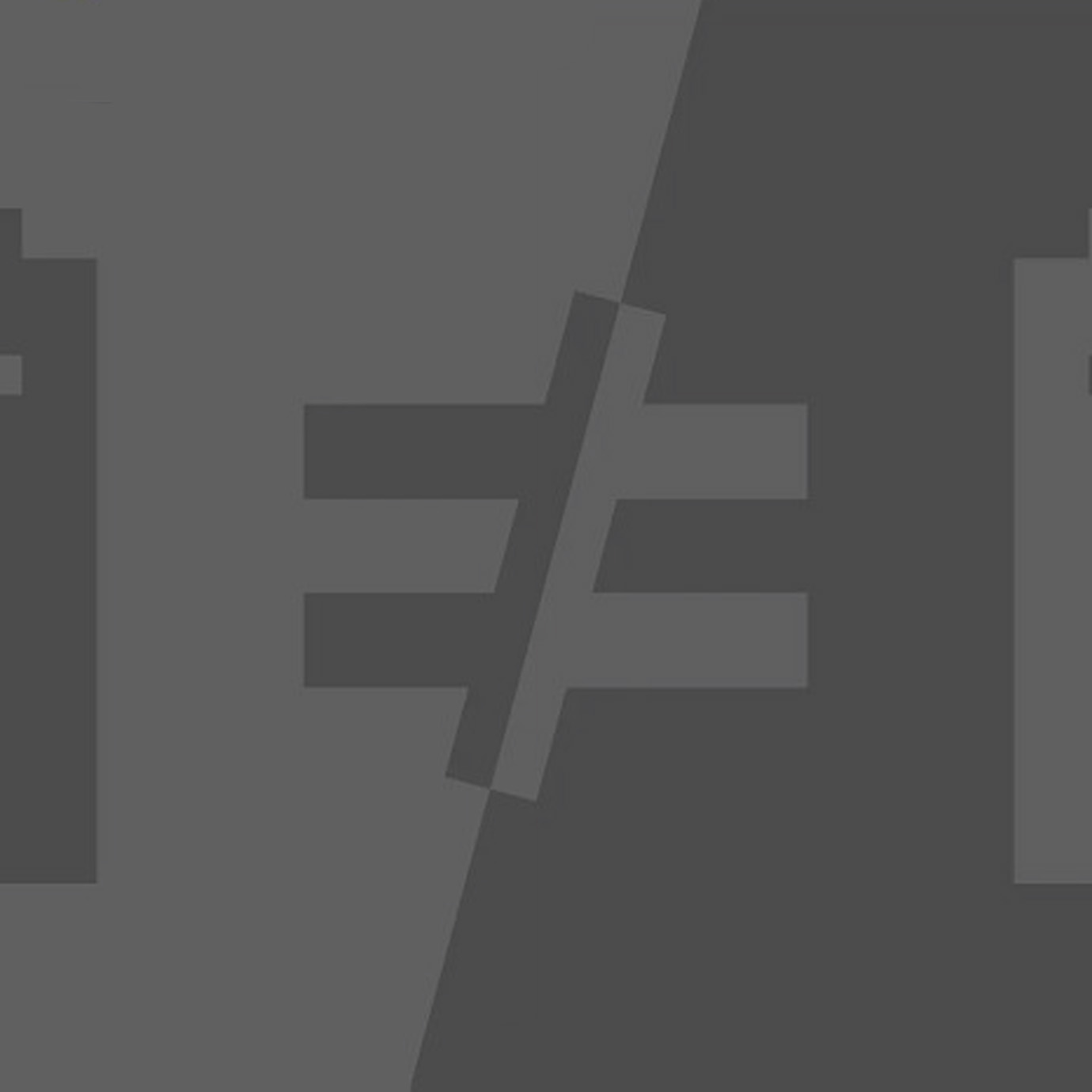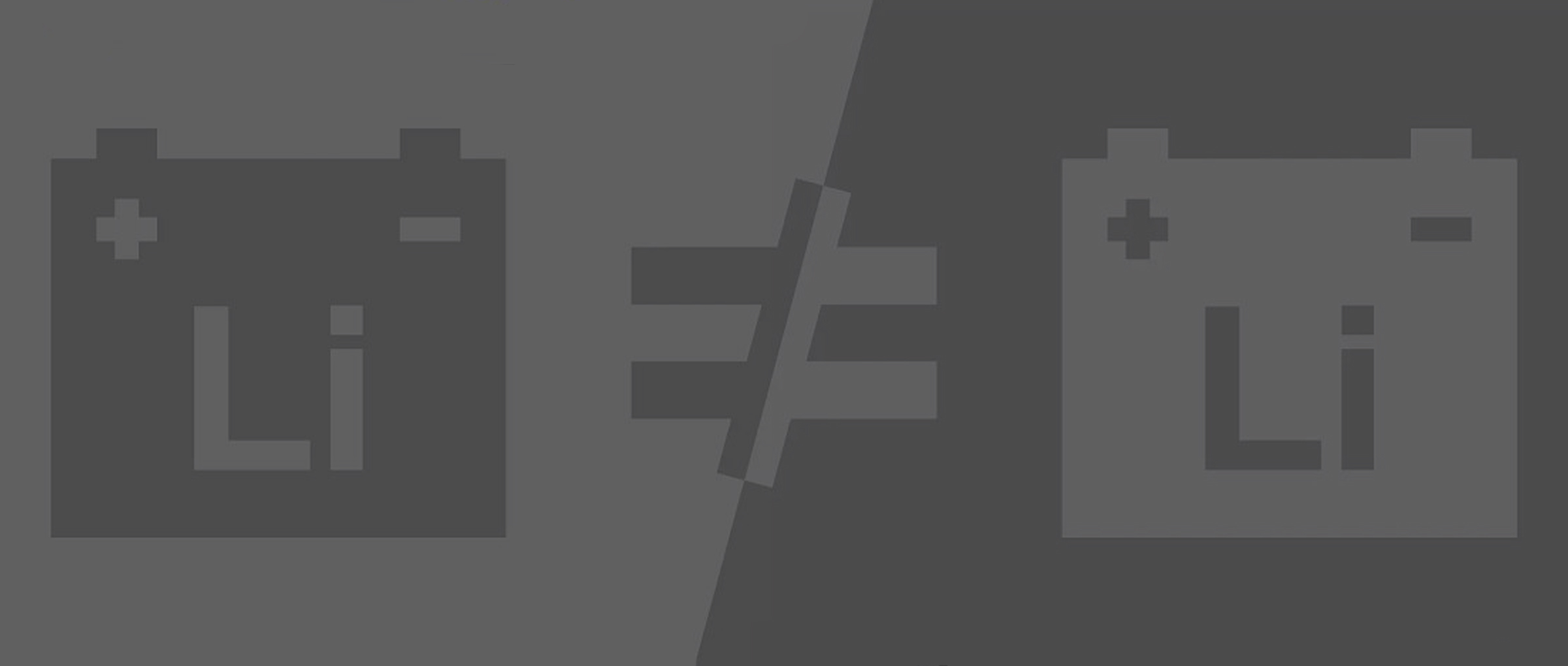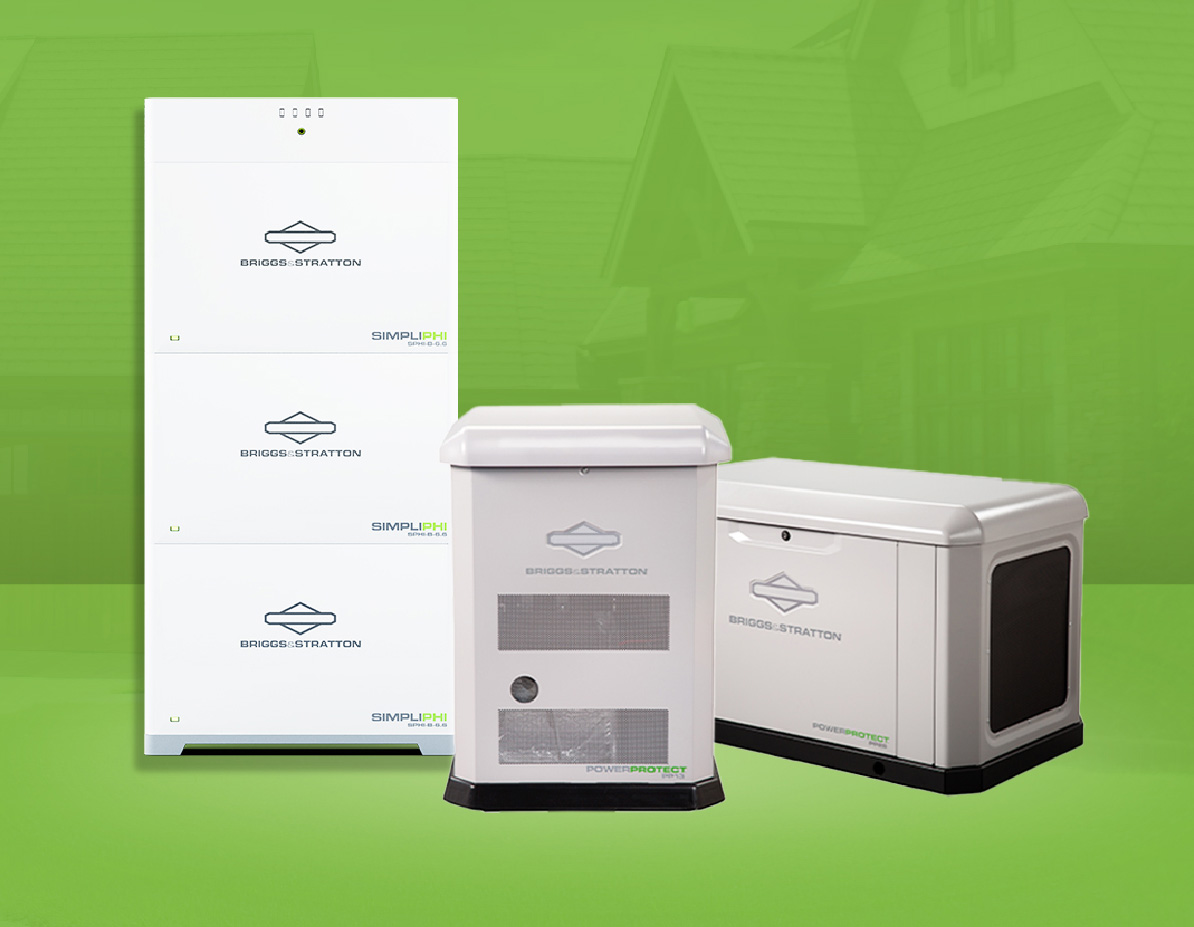Lithium ion batteries allow you to take electricity generated by the grid, solar panels, generators, wind turbines, or any combination and store it for use when the grid fails, the sun sets, the generator runs out of fuel or the wind stops blowing. Lithium ion batteries create energy reserves to keep your home or business secure when your primary source of power fails or runs out. In addition, these same 'back-up' batteries allow you to save on your electricity bill everyday by storing energy to use when utility rates are higher, such as 'Peak' or 'Time of Use' rates during the day or evening hours.
But not all lithium ion batteries are the same when it comes to safety and reliability. Even though they are referred to generically as one class of battery, 'lithium ion', they can differ significantly in chemistry, cell form-factor and construction, which can impact their performance dramatically. These fundamental differences determine how safe or hazardous the different lithium ion batteries are, as well as how reliable, efficient and responsive they are in meeting your needs. Chemistry matters.
Within the lithium ion family of available chemistries, most lithium ion batteries in the market today utilize cobalt, a very hazardous, toxic rare earth element. You'll see cobalt-containing lithium chemistry identified as:
- LCO – Lithium Cobalt Oxide
- NMC – Lithium Nickel Manganese Cobalt Oxide
- LMO – Lithium Manganese Oxide (may contain cobalt)
- NCA – Lithium Nickel Cobalt Aluminum Oxide
However, there is a cobalt-free lithium ion alternative that is not hazardous, that is safe and highly efficient:
- LFP – Lithium Ferro Phosphate or Lithium Iron Phosphate<
When it comes to safety, reliability and overall robust performance, LFP outperforms cobalt-based chemistries in a number of ways.
Safety: Cobalt vs Iron Phosphate
Not only is cobalt highly toxic, it is also known for a chemical property characterized as "thermal runaway" that severely compromises the safety and integrity of cobalt-based lithium ion batteries. It is thermal runaway that causes the overheating, fires and explosions that are associated with lithium ion batteries in the market today. But it is the cobalt that is toxic, hazardous and prone to overheating with catastrophic results – not the lithium.
LFP batteries do not contain any cobalt, and are therefore non-toxic, do not go into a state of thermal runaway and do not pose the threat of overheating that leads to fires.
Hidden Costs: Cobalt vs Iron Phosphate
To mitigate the risk of fire and be eligible for warranty coverage, cobalt-based lithium ion batteries must be operated within a narrow ambient temperature range. Maintaining a safe operating temperature for the cobalt-based lithium batteries requires ventilation, cooling and thermal monitoring equipment, which adds both extra costs and points of failure in your system. This additional ancillary thermal equipment creates additional costs and risks of failure in your energy storage system that are not reflected in the "list price" per kWh of the lithium cobalt battery itself. While cobalt-based lithium ion batteries may be cheaper on an up-front $/kWh basis, they are much more expensive at the point of installation, as well as over the lifetime of the energy storage system.
The necessary electricity to run ancillary equipment to ventilate, cool and thermally monitor lithium cobalt-based batteries creates a "parasitic drain" on both the energy generated as well as the energy stored in your system, sometimes by as much as 30% of your overall power consumption (beyond your critical electrical loads). This parasitic drain (the power necessary just to cool and thermally monitor your lithium cobalt batteries), translates into less available power to run electrical loads in your home or business, which translates into a higher cost per kWh at the point of installation and over the lifetime of your energy storage system, lowering and prolonging your ROI. The hotter the climate, the higher the risk, cost and parasitic drain on the entire energy storage system for the lifetime of the battery installation.
By contrast, LFP batteries have a broader operating temperature (up to 120 degrees F) and do not require ventilation, cooling or thermal monitoring equipment. Therefore, the list price per kWh for an LFP battery is representative of the total cost of ownership. LFP does not require additional costs at the point of installation or over time in the form of thermal monitoring and cooling equipment, equipment that erodes the amount of energy you have to power your home or business, as well as your ROI up front and over time.
If you select a cobalt-based lithium ion battery for your home or business, protect yourself from project cost overruns and request a complete itemized list of all ancillary equipment required for a cobalt-based battery installation up-front from your licensed installer.
Performance: Cobalt vs Iron Phosphate
Cobalt-based batteries have longer charge and discharge rates than LFP batteries, which means the batteries take longer to charge and provide less available energy and power for actual use hour-over-hour as you discharge the batteries to power your electrical loads. If you plan to charge your batteries with solar generation, it can sometimes require longer than a four-hour solar charge day to fully charge the cobalt-based batteries to capacity.
Round-trip efficiency is another important consideration, calculated as the ratio between the amount of energy captured and stored in a battery relative to the amount of energy delivered or retrieved from the battery for actual use. Cobalt-based batteries have a lower round trip efficiency rate, which means they capture less total energy from your solar, generator or grid generation to store in your battery, and deliver a lower amount of energy or output rate in the total amount of energy available to use in your home or business. This round-trip inefficiency typically requires more batteries and more generation sources (solar, grid or generator) to meet your electrical load requirements, costing you more money up-front and over time.
Finally, cobalt based lithium ion batteries have a shallower depth of discharge. A battery's depth of discharge (DoD) indicates the percentage of the battery that can be discharged relative to the overall rated or 'nameplate' capacity of the battery. For example, if the manufacturer of a 10 kWh lithium cobalt battery recommends a maximum DoD of 70 percent, you shouldn't use more than 7 kWh from the battery without recharging, which means less available energy for use.A cobalt-based battery is likely to require a shallower depth of discharge — delivering less useable energy and requiring recharging more often. Add the longer charge and discharge cycle rate of 4 or more hours to the shallower depth of discharge, you have less available energy and power to meet your electrical loads.
Alternatively, SimpliPhi's LFP PHI batteries offer a high efficiency rate of 98% and a rapid two hour charge and discharge rate (or faster depending on the PHI battery model). PHI LFP batteries therefore deliver more energy and power hour-over-hour during an outage or catastrophic event, offering greater protection, safety, reliability and cost savings per kWh delivered over the life of the battery. In addition, depending on what your electrical loads require, PHI batteries offer a deep depth of discharge, from 80% to 100% and a 10,000 cycle, 10 year Warranty, delivering even more energy for use, adding to your overall savings on every cycle and over time.
In addition, PHI LFP batteries have a low self-discharge rate of less than 1% a month, meaning you can store them over long periods of time and have confidence that they will be charged and ready for use in an emergency without the need for trickle charging, typical of other battery chemistries.
All these safety, cost and performance characteristics make SimpliPhi LFP energy storage solutions a robust, cost effective and ideal choice for pairing with and optimizing solar, generator, grid or wind power, or any combination — during good times and during catastrophic events. PHI batteries have been tested, deployed and validated by the US Army and Marine Corps and have been deployed globally since 2010.




